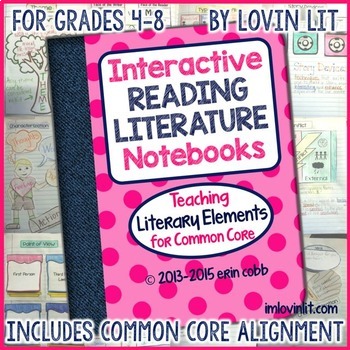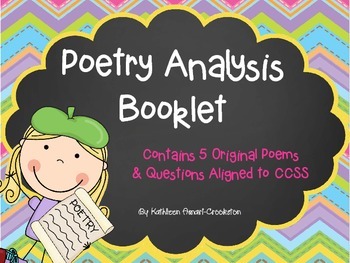Whatever the reason, I want to share what we've been doing and are getting ready to do in 5th grade.
I don't know about your kids, but mine really struggle with figurative language. They just don't get it. Either they just skip right over it and ignore the entire thing, or it just goes over their head entirely. I found the Poetry Analysis Book last year, and it is definitely one of my favorite purchases ever (hence the reason you should click over to the other post after this one). I knew figurative language and poetry were coming up, and I wanted to teach them together. However, I wanted to make sure that my students had a good reference to use before they got started on the book. So, using my quick thinking, I whipped up this little figurative language booklet. It's super simple to make (although a little time-consuming), but I love that they can keep it with them to help remember what's what.
Yep. That's it! I chose to focus on seven types of figurative language that we hit the hardest, which made this size booklet perfect for me. Yours may need to be bigger:
- simile
- metaphor
- personification
- alliteration
- onomatopoeia
- idiom
- hyperbole
When I actually did this with my students, I decided to help speed along the process and type up definitions and examples which you can download here (absolutely nothing fancy - maybe I'll dress it up later). I gave them the definitions to glue into the book first, and then I had each student try to match the examples on their own. Of course, I checked them before letting them glue. That was a nice little check for understanding and already showed me which types of figurative language I don't really need to worry about much (onomatopoeia and alliteration). I've already been searching for lists of idioms because that was BY far the hardest for them to understand. Do people just not use these phrases anymore?
Anyway, if you need resources for teaching figurative language, I love Erin's (I'm Lovin' Lit) that are included in her Interactive Notebook pack for grades 4-8. She uses popular songs to teach each type of figurative language.
And the poetry book comes from Kathleen (Middle Grades Maven).
Now go check out my post about how to use poetry to help with figurative language!






No comments:
Post a Comment